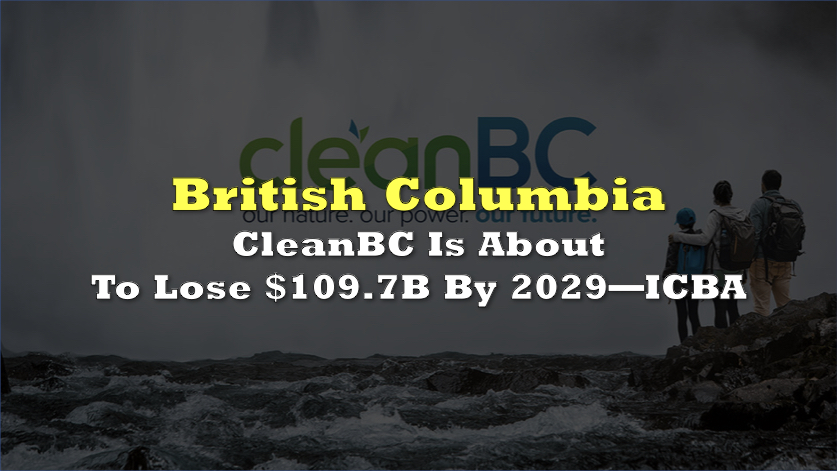British Columbia’s accelerated permitting program is seemingly living up to its premise. Since Premier David Eby named 18 priority resource projects worth roughly $20 billion in February, regulators have cleared several marquee files, unlocking construction timelines and investment flows that had been frozen by years of procedural gridlock.
BC’s fast track list has actually yielded benefits for projects and brought in investment. This is a much better model – steam-lining regulatory and permitting processes for private proponents already in the system – than C5’s picking and choosing govt winners.
— Heather Exner-Pirot (@ExnerPirot) July 24, 2025
The projects: /1 pic.twitter.com/uqK8WoFvyy
The first proof is NorthRiver Midstream’s $450-million NEBC Connector. The twin 215-kilometre pipelines, approved federally in 2023, finally secured provincial sign-off on in January 2025 after the company warned federal regulators that “the project is being put at risk.” Energy consultant Brad Hayes called the green light a positive signal for a Montney basin rattled by treaty-related uncertainty.
With the provincial blockade lifted, NorthRiver can start laying pipe to move condensate and natural gas from Wonowon, B.C., to Alberta—an essential conduit for oilsands diluent supply that had been stranded by BC Energy Regulator inertia.
Enbridge also got wind of the fasttrack regime with its $1.2-billion Aspen Point expansion, cleared by the Canada Energy Regulator in December, beginning construction this quarter and will add 535 MMcf/d of takeaway capacity by late 2026.
Recently, Teck Resources has sanctioned a $2.1-$2.4-billion pushback of the Valley pit at Highland Valley Copper. The project extends operations into the mid-2040s, supports 2,900 construction jobs, and underpins Teck’s plan to double copper output by decade-end.
On the LNG front and while not part of the project list being fasttracked, the 750-kilometre Prince Rupert Gas Transmission pipeline recently got ruled by the Environmental Assessment Office ruled to be “substantially started,” preserving its environmental certificate indefinitely and clearing a path for the Nisga’a-led Ksi Lisims LNG project. Nisga’a president Eva Clayton called the decision “a turning point” for Indigenous-owned infrastructure.
Victoria pegs the fasttrack list at 8,000 direct jobs and $20 billion in capital—an insurance policy as Washington flirts with 25% tariffs on Canadian goods. The province already ships 46% of its exports outside the US, and port capacity in Vancouver and Prince Rupert offers headroom to deepen ties with Asian buyers.
Information for this story was found via the sources mentioned. The author has no securities or affiliations related to the organizations discussed. Not a recommendation to buy or sell. Always do additional research and consult a professional before purchasing a security. The author holds no licenses.










2 Responses
Yes
Finally!